Facebook has two billion monthly active users.
That translates into a couple billion opportunities to grow our businesses.
So you create a few Facebook Ads and set up some campaigns.
Next thing you know, you blew $200 bucks within a few days.
And to make matters worse, you saw almost no return on investment.
No followers, no likes, no sales. Nobody is even clicking.
There’s a good reason why this commonly happens.
Facebook Ads require specific offers and targeting options to be successful.
You can’t just toss up a Facebook Ad and expect a 2x ROI instantly.
It doesn’t work like that. Facebook Ads aren’t like other advertising channels.
Here are some of the main reasons why your Facebook Ads aren’t working.
And then I’ll show you a few steps to fix them.
Why your Facebook ads aren’t working
Many smart people have pointed to PPC and organic search as the top-converting marketing channels for the past few years.
It all comes down to intent.
People type exactly what they’re looking for in Google’s search bar.
That means that these people are more likely to convert or sign up.
For example, if someone typed in “email automation platform,” they’re probably evaluating their options.
All you have to do is create a PPC ad that regurgitates exactly what they said and your odds look pretty good!
People often use search engines when they want to find something specific or solve a problem.
Now, compare that to social media.
Nobody’s actively looking for any products on Facebook or Twitter.
One report years ago claimed that “less than 1%” of sales come from social.
Why is that number so low?
It’s because people are discovering you on social media for the first time.
They’re not ready to buy. They’re not even sure if they need your product or service yet.
So social media is seen as a brand awareness tool as opposed to a conversion one.
That’s not very surprising when you think about it.
People use social media to follow their friends and family.
They might use it to find news bites to quickly digest before moving on with their day.
But they’re not naturally browsing Facebook or Twitter to shop the latest sale.
All of this means that the same advertising strategies you use on one channel can’t necessarily be applied to Facebook.
It is its own world.
Here’s how to respond and turn your Facebook advertising into a conversion machine anyway.
Use the buying cycle to inform your offer
You can’t risk offering a lead magnet like an ebook to a visitor who has never even heard of your brand.
The likelihood of them converting is incredibly low.
You shouldn’t even bother wasting your ad dollars on these campaigns.
However, the flipside is also true.
You wouldn’t want to send a lead-magnet ad to someone who’s already qualified to purchase.
These people already gave you their contact information. You don’t need to pay for it again.
Instead, you could have sent them product ads directly. Not doing so only leaves money on the table.
Following the buying cycle may sound cliché, but separating your campaigns into at least three groups can make all the difference in the world.
For example, people in the “Awareness” stage have no idea what your product is or why they need it.
So don’t waste time sending them a product ad. You want them to simply read your content and recognize your brand initially.
Once you get them to click on your ad, you’ll be able to retarget them later on (more on this in the next section).
Here’s an excellent example from WordStream of what your “awareness” Facebook Ads should look like:
WordStream leads with a simple content guide to get your attention. The image and headline also pack a punch (more on that in later sections, too).
The ‘ask’ in this ad is extremely low. That means that there’s no risk involved for the viewer.
They don’t have to give up personal information or money yet to connect with your brand.
It’s only after you start getting these people to interact that you can follow it up with lead-gen ads.
After someone visits your site a few times, they enter the “Consideration” stage.
Here, you want to focus on retargeting those previous website visitors to get them to opt in for the first time.
Check out this Kajabi ad to see how it’s done:
After building brand awareness and consideration, you can slowly transition into the “Decision” stage with product-focused ads.
Here’s one of my favorite examples from Hootsuite.
This ad is excellent for a few reasons.
It provides a stellar value proposition by pointing out how time-consuming social media analytics can be.
They offer a trial, but they keep the ‘ask’ to a minimum by making it free for up to 30 days.
Most people I know will say that Facebook Ads don’t work.
But that’s because they aren’t offering the right product to the right person in the right stage of their customer journey.
How, exactly, do you do all of this stuff?
Here’s a quick primer on how to use Facebook’s custom audiences to supercharge your ad campaigns.
Custom audiences: What all high ROI campaigns have in common
Most people don’t want to buy anything on Facebook.
That’s especially true for your ‘cold’ fans or for other people who are just hearing about you for the first time.
The solution is to use custom audiences.
These are essentially refined lists of people who have already expressed interest in what you do.
They allow you to promote more relevant offers that convert better and cost less over time.
Here, I’ll show you how to work with custom audiences.
To get started, head to the Facebook Ads Manager and navigate to the “Audiences” section under “Assets.”
From here, you will want to create a custom audience based on website traffic or content engagement. Software products can obviously use the app-based activity as a substitute.
These two features will allow you to quickly retarget your ‘warm’ contacts.
If you choose “Engagement,” you can instantly retarget users who know your brand and have engaged with previous Facebook posts.
Website visitors allow you to follow up with people who’ve taken the next step to check out your site.
There’s a concept in psychology called “priming.”
Basically, it says that people are more likely to choose something after they’ve already been exposed to it.
That’s what we’re trying to do in this case.
We want to automatically show people an offer, product, or service after they were just on our site.
That would allow you to take advantage of the priming that’s already been performed to, ultimately, improve results.
Here’s an example of how this works in detail.
You can already preview some advanced targeting options when creating a new custom audience.
You can target all website visitors, for instance.
Or you can segment audiences based on specific page views and the time they’ve spent on your site.
These diverse options help you target every stage of the conversion funnel.
For example, let’s say I wanted to target people at the bottom of the funnel who are ready to buy.
That means I want conversions ASAP.
I’d simply set up my custom audience like this:
This custom audience will now include people who have spent the most time on my site, while also viewing both my product and about pages.
That means their purchasing intent is high.
Here’s another example of how these custom audiences can work.
This time, let’s target leads so that we can turn more of them into potential buyers.
These people may have visited your website. However, they haven’t stayed quite as long as the last group.
They probably viewed different pages, too.
For example, instead of looking at product and pricing pages, they might have looked at a few blog posts.
Here’s how we can narrow down this audience now.
Let me break down what’s happening here.
First, I want to target users who visited my specific blog posts in the last three days. That way, my content is fresh in their minds.
But second, I then exclude users who visited my pricing page.
What does this mean?
It means that these users are already brand-aware. However, they aren’t down far enough in my funnel to be ready to buy yet.
I don’t want to annoy them with a ton of product ads. Showing someone irrelevant ads is the best way to get them to block or ignore you.
They haven’t shown that they’re interested because they haven’t viewed the right pages.
Instead, a new lead magnet offer is probably the best bet for them.
See how versatile these custom audiences can be?
There’s truly no limit to using them. You can slice and dice your audience dozens of different ways.
And each time you do, it gives you a better shot at sending them the exact offer that’s perfect for them.
How to use sell with Facebook advertising without selling
The best way to start selling on Facebook is to first stop selling.
What, exactly, is that supposed to mean?!
Let me explain.
Instead of spamming everyone with an ad that says “Sale Sale Sale,” you want to start by blending into other Facebook posts.
Let’s take a look at an example so this will make perfect sense.
The next ad would stick out like a sore thumb if it came across your news feed.
It’s not a bad ad, per se. It’s just really self-promotional.
The only time that would fly on Facebook is if you’re using some advanced audience targeting methods. Don’t worry, we’ll cover those in a few minutes.
Otherwise, this ad doesn’t blend in with the content you typically see from friends, family, or news outlets.
There’s also no emotional hook to get people to take notice.
People love to see shareable content on Facebook.
Here’s a perfect example of what that looks like.
This second ad taps into the power of emotions. It looks much more inviting and share-worthy.
“Every purchase saves one animal.”
Now, people are motivated to purchase. They feel like they’re saving a dog in need.
The ad gives them an incentive to purchase. They feel like they’re giving back to the community.
That’s the mark of a great ad.
They make you feel good about the decision you made.
And they take your mind off the fact that you’re spending hard-earned money.
The goal here is to find the value that appeals to your audience beyond just the product itself.
For example, does your company give a percentage of each sale to charity?
Do customers get something in return if they can share your content with their friends?
Or are you just providing an amazing deal and clever creative?
Another tactic is to use free trials to lower the barrier to entry.
People aren’t in shopping mode on Facebook. So presenting them with an expensive product offer would only scare them off.
Now, you can still capture visitors to hopefully convert them later.
Here’s an example of an effective ad that provides value to fix a problem. Then it drives people to a free trial to test out the solution to that problem.
Give your ad creative a much-needed upgrade
Do you want to increase your ad CTR by 10% in 5 minutes?
No problem! Just give your headlines an upgrade.
A simple headline change has the power to grab your audience’s attention away from all the other stuff that’s clogging up their Facebook news feeds.
Here’s a how an awesome headline can jump out at you:
OK, the giant “FREE” in the image helps, too.
But this headline also has one of the best value propositions I’ve seen recently.
It looks like I’m not the only one who thinks that. Check out the engagement on the post!
Let’s dissect this ad to give you an idea of what exactly works here, and how to replicate the same tips.
Tip #1. First, their initial message promises value. It’s giving back to the users to nurture the relationship.
Tip #2. The word “free” is a power word.
These words trigger an instant response. HubSpot cleverly uses it as their main image. That makes sure that this post grabs user attention ASAP.
Tip #3. Next, they use a listicle format for this post.
List posts are the most-preferred format for readers online.
Tip #4. To top it all off, they have an excellent value proposition of “free resources that won’t cost you a dime.”
They eliminate any risk by stating that there are “no strings attached.”
So you don’t need to provide any information to use the information. They’ll still give you massive value either way.
All of those ingredients add up to a successful ad.
The catchy headline is sure to drive thousands of clicks.
It uses a proven list format. And it uses “free,” one of the most powerful words out there.
Now start testing everything to improve results
You can now see that there are a lot of variables with each Facebook Ad campaign.
That means you’re never truly ‘done’ with Facebook Ads.
Instead, you need to keep testing over time to figure out how to continually lower costs and increase returns.
Here is a perfect example from AdEspresso‘s Facebook Ad campaign.
Let’s start by looking at two ads.
The offer is exactly the same in each. The copy and headline are the same, too.
The only difference that they’re testing is the image.
Do you want to take a guess at which one performed better?
That’s kind of a trick question, to be honest.
The harsh reality in advertising is that you don’t know what’s going to work until you try it.
One image style might deliver amazing returns with your audience. But it might bomb with another.
So you never truly know.
For example, AdEspresso actually expected the first ad to perform better when they tested them.
They thought the first image was more compelling, creative, and better at grabbing attention.
However, here’s how the results came out:
The experts liked the first image better. But the audience liked the second one better.
You never truly know what’s going to work. You can’t assume anything.
Never stop testing your Facebook Ad campaigns.
They might not have the same laser-focused intent that Google AdWords or SEO does.
However, with custom audiences and targeted campaigns, they might not need it, either.
Conclusion
Facebook has billions of users.
And yet it still doesn’t get the credit it deserves.
Many people think that Facebook Ads don’t work. The reality, though, is that Facebook Ads can work well — if you structure them correctly.
Facebook Ads aren’t as easy as they seem at first glance.
You can’t just boost a few posts or buy some followers and expect those efforts to translate into new revenue.
People don’t go to Facebook to buy. They go there to hang out with friends and family.
That means that your advertising approach needs to be completely different from those on other channels.
If you don’t know what you’re doing, you might blow through cash that you can’t afford to lose.
Facebook Ads ultimately depend on making sure the right person is seeing the right offer at the right time.
Start by creating separate offers at each stage of the buying cycle. Then use custom audiences to match up with them.
Create a few compelling ad variations to get going. Then never stop testing.
You won’t discover the ‘secret formula’ overnight. But stick with it, and your numbers will start heading in the right direction in no time.
What are your favorite Facebook ad tactics that you have used to increase ROI?

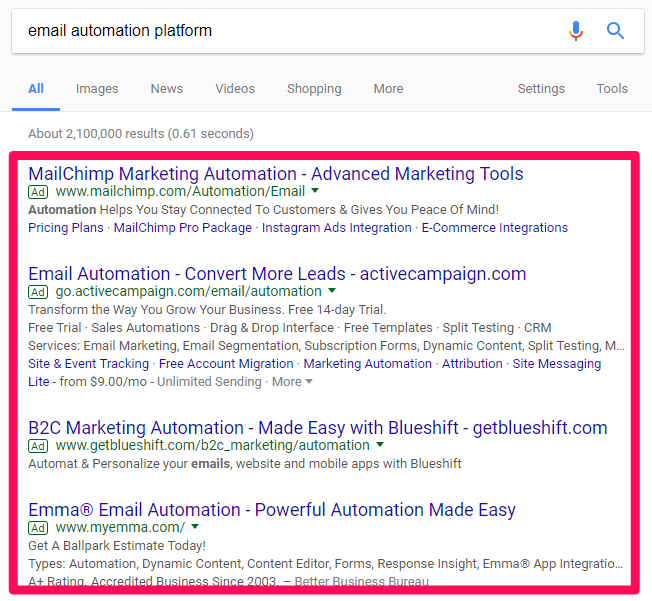


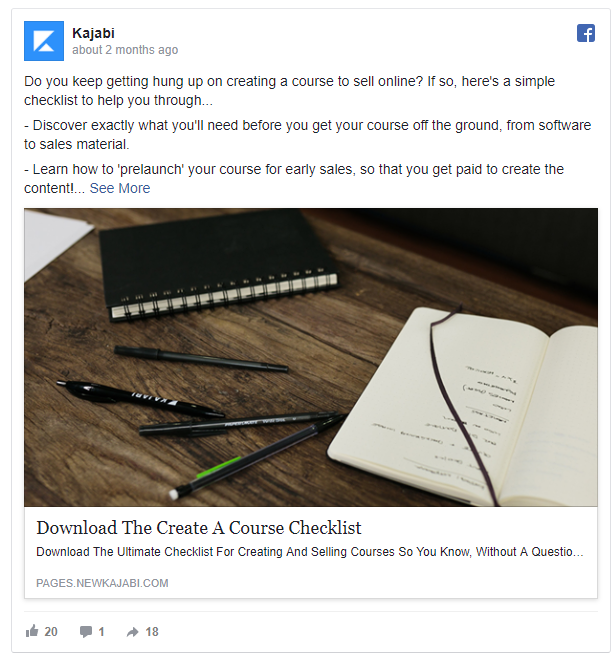
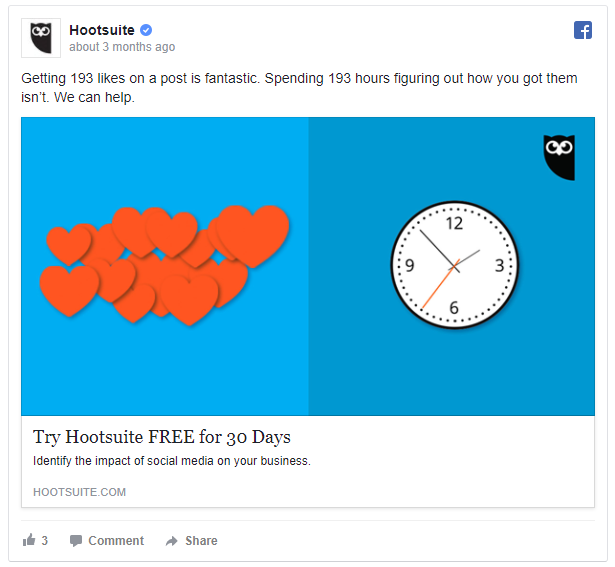


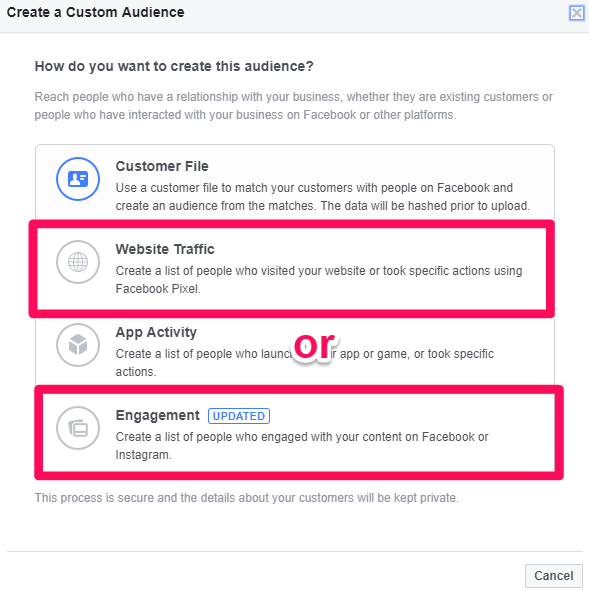
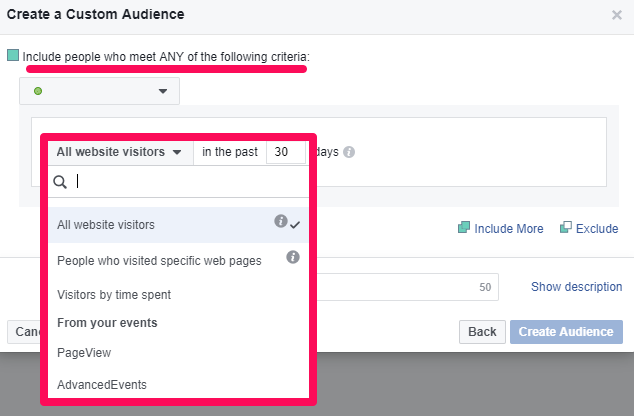
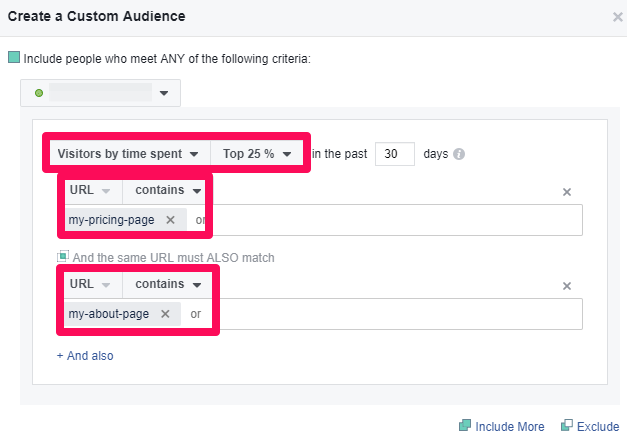
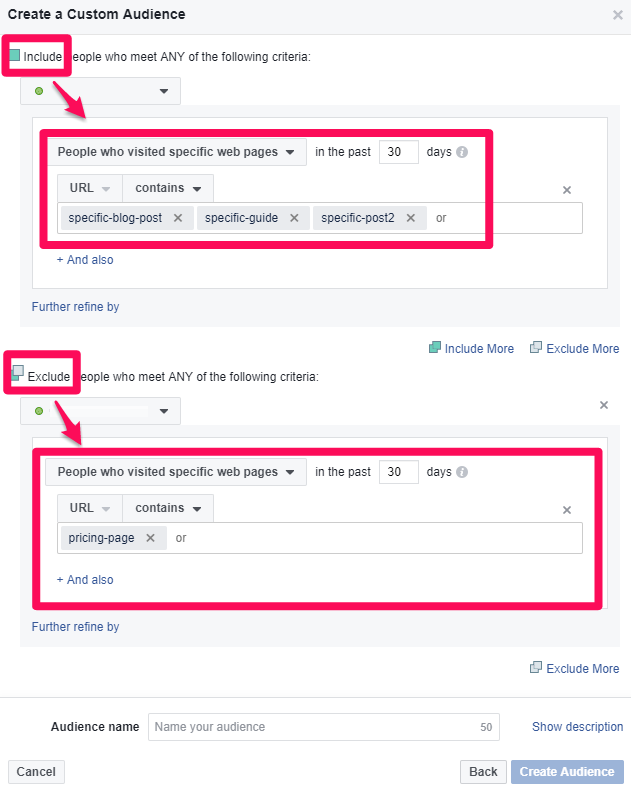
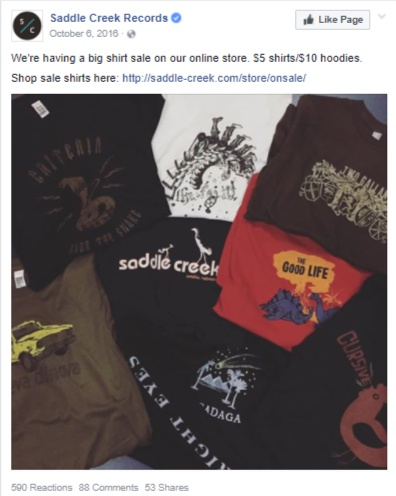
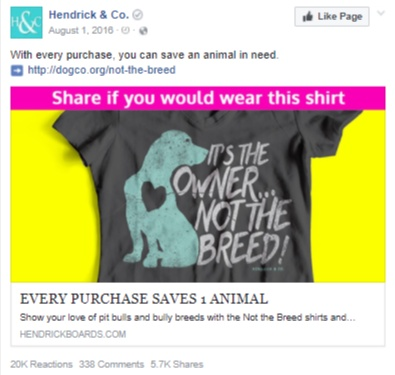
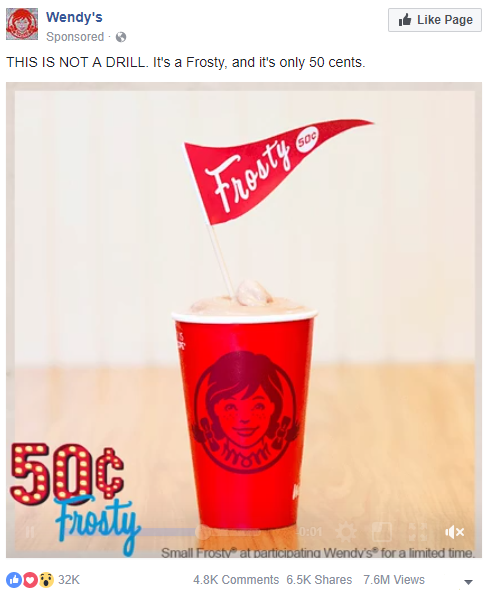
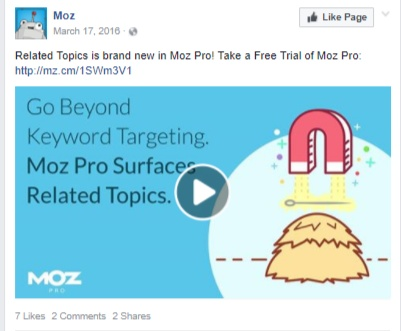
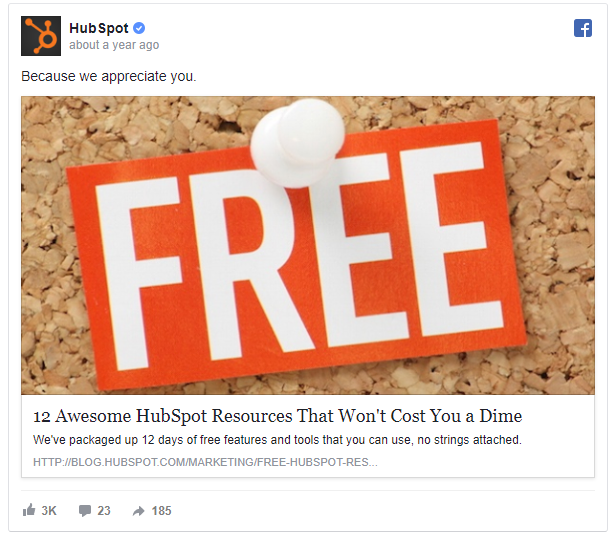
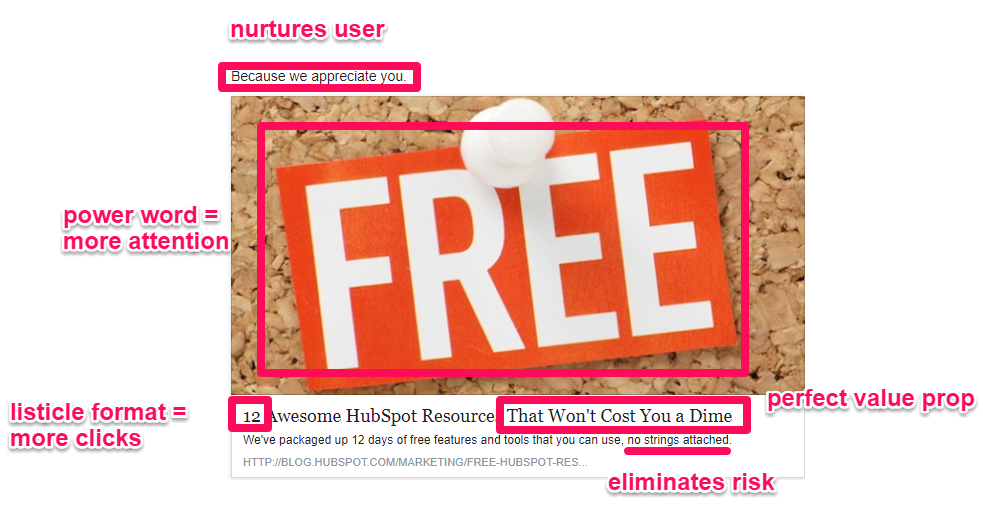
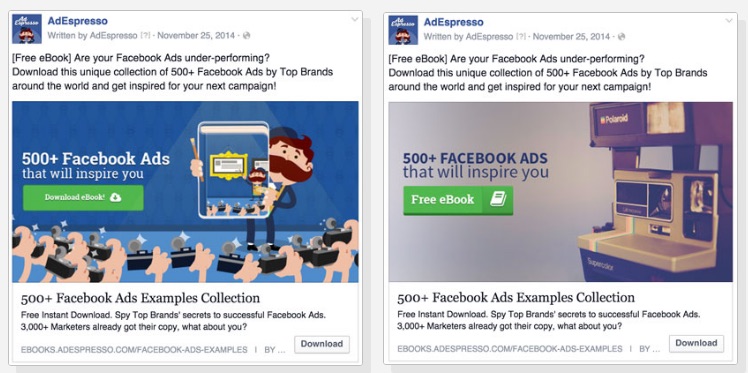
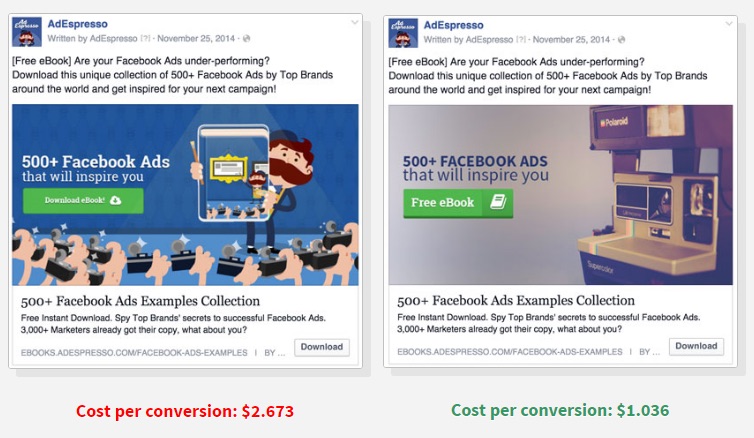
Comments (10)